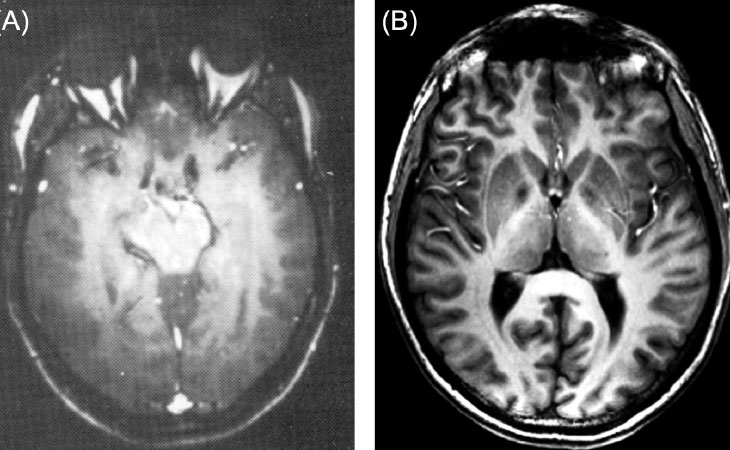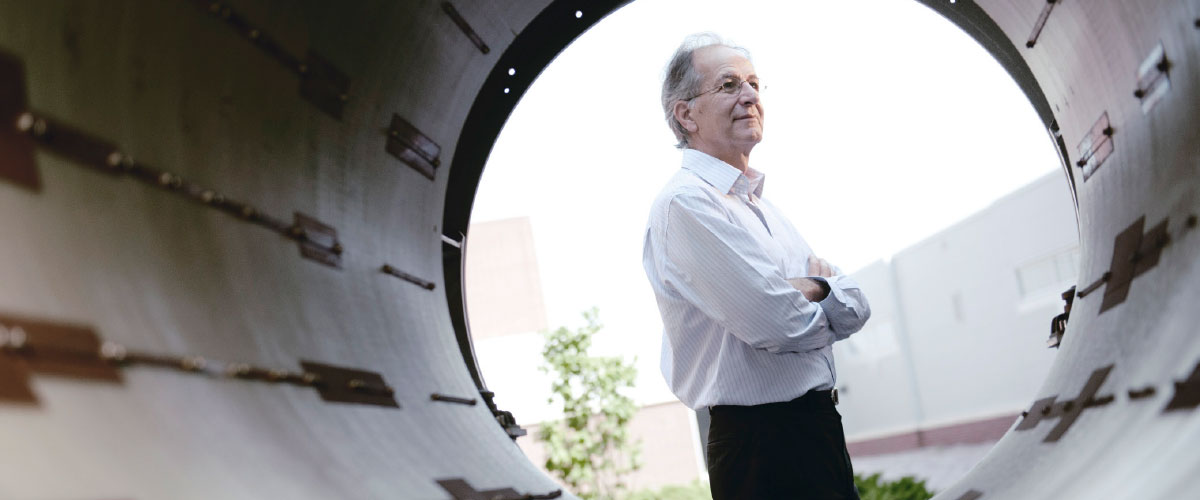STILL PUSHING THE LIMITS
STILL PUSHING THE LIMITS
Center for Magnetic Resonance Research director reflects on four decades of advancements
(Interview by Nicole Endres)
In December 2017, Kamil Ugurbil, Ph.D., and his team at the University of Minnesota’s Center for Magnetic Resonance Research (CMRR) produced the world’s first MRI of the human body at 10.5 Tesla — a magnetic field strength 3.5 to 10 times greater than today’s standard clinical MRIs.
In the early years of MRI, four decades ago, magnetic fields higher than approximately 0.25 Tesla were thought to be difficult and suboptimal. Even when 1.5 Tesla was proven feasible, many scientists thought the technology would top out there.
Not Ugurbil, who in May will receive the 2019 Institute of Electrical and Electronics Engineers Medal for Innovations in Healthcare Technology for his groundbreaking imaging research. We caught up with Ugurbil recently and asked him to reflect on the advancements he’s seen — and pioneered — over the years.

Proof that scientists can make the difference: These are early 4 Tesla MR images taken by the manufacturer, at left, and the CMRR, at right. (image: Courtesy of Kamil Ugurbil, Ph.D.)
MB: What made you think that high-field human imaging was possible when others said it wasn’t?
Ugurbil: Before I came to academia, I worked at Bell Labs in New Jersey, where we pioneered the use of nuclear magnetic resonance to study metabolism inside a living cell, demonstrating the ability to detect metabolites in vivo for the first time. We used very high magnetic fields, albeit in small samples, with magnets typically used by chemists and biochemists. But we were always thinking, “Wouldn’t it be nice to develop this technology to apply to humans?”
Difficulties predicted for human imaging were based on simulations and theoretical considerations that were not experimentally proven. Magnetic resonance techniques are extremely dynamic, extremely versatile. There was no reason to think that someday we wouldn’t be able to apply them to humans.
MB: Tell us about your first foray into human high-field imaging.
Ugurbil: We were lucky that, in the mid-1980s, the U was looking to invest in some new areas and solicited ideas from the faculty, analogous to what the Medical Discovery Teams program [a state-funded Medical School initiative] looks like today. We applied for and got that funding. That’s how we got the 4 Tesla scanner.
Before the magnet came to Minnesota, Michael Garwood, Ph.D., from CMRR already showed that, contrary to expectations, one can get excellent anatomical images of the human brain at 4 Tesla.
After the system arrived in Minnesota, the first thing we attempted was functional brain imaging, which was successful. That was not only one of the first applications of human imaging on the 4 Tesla magnetic field, but also a new discovery — one that could actually image brain activity. This was a major development, a revolution.
MB: Then you started working on the 7 Tesla technology, which you literally built from the ground up.
Ugurbil: Today, the 7 Tesla is an instrument you can buy. It wasn’t when we started. We were the first in the world to put it together. The 7 Tesla is now FDA-approved for clinical diagnosis and is really the most advanced platform for human imaging that exists.
MB: Which of the CMRR’s achievements are you most proud of?
Ugurbil: Generally speaking, we are very proud of our efforts to push to higher magnetic fields. We developed the understanding of the physics of imaging at high fields and the physics of functional imaging, which is intricately linked to magnetic field strength. We developed technologies to overcome difficulties at high fields. We introduced 7 Tesla, and finally, today, we are at 10.5 Tesla. We developed the whole field, essentially. We used to be the only ones doing this type of research. Today it’s a burgeoning research area. So a lot to be proud of, I guess! It’s a good way to start my day, talking about this! Contact, Nicholas Hoekstra at nhoekstra@umn.edu, or 612-624-2117 to find out how your support can make a difference at the Center for Magnetic Resonance Research.
